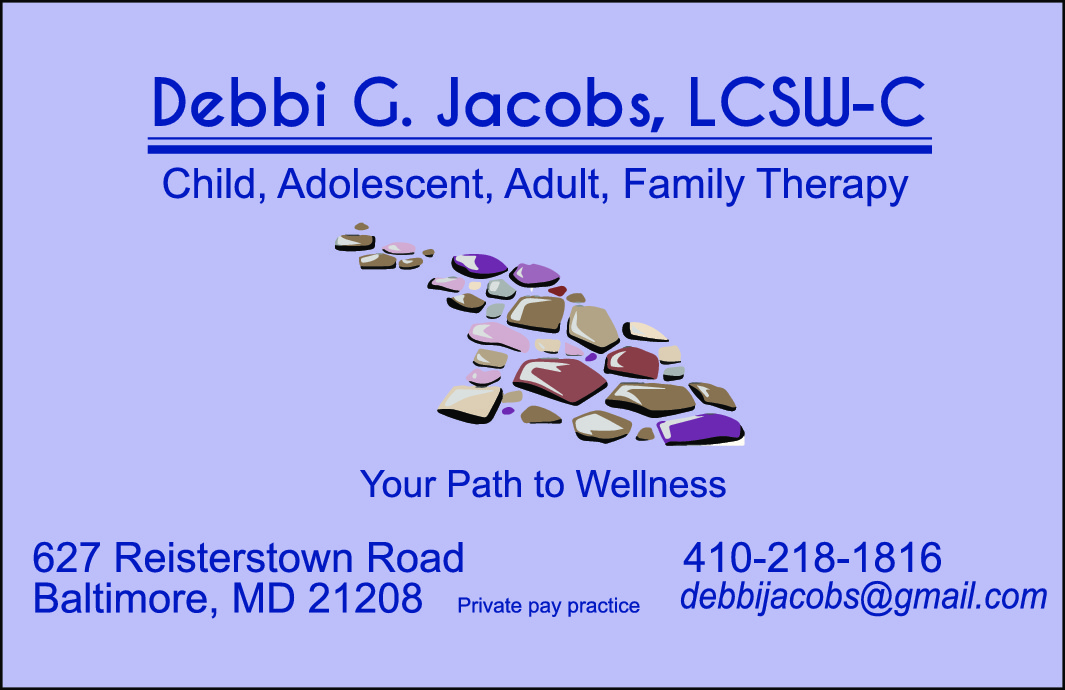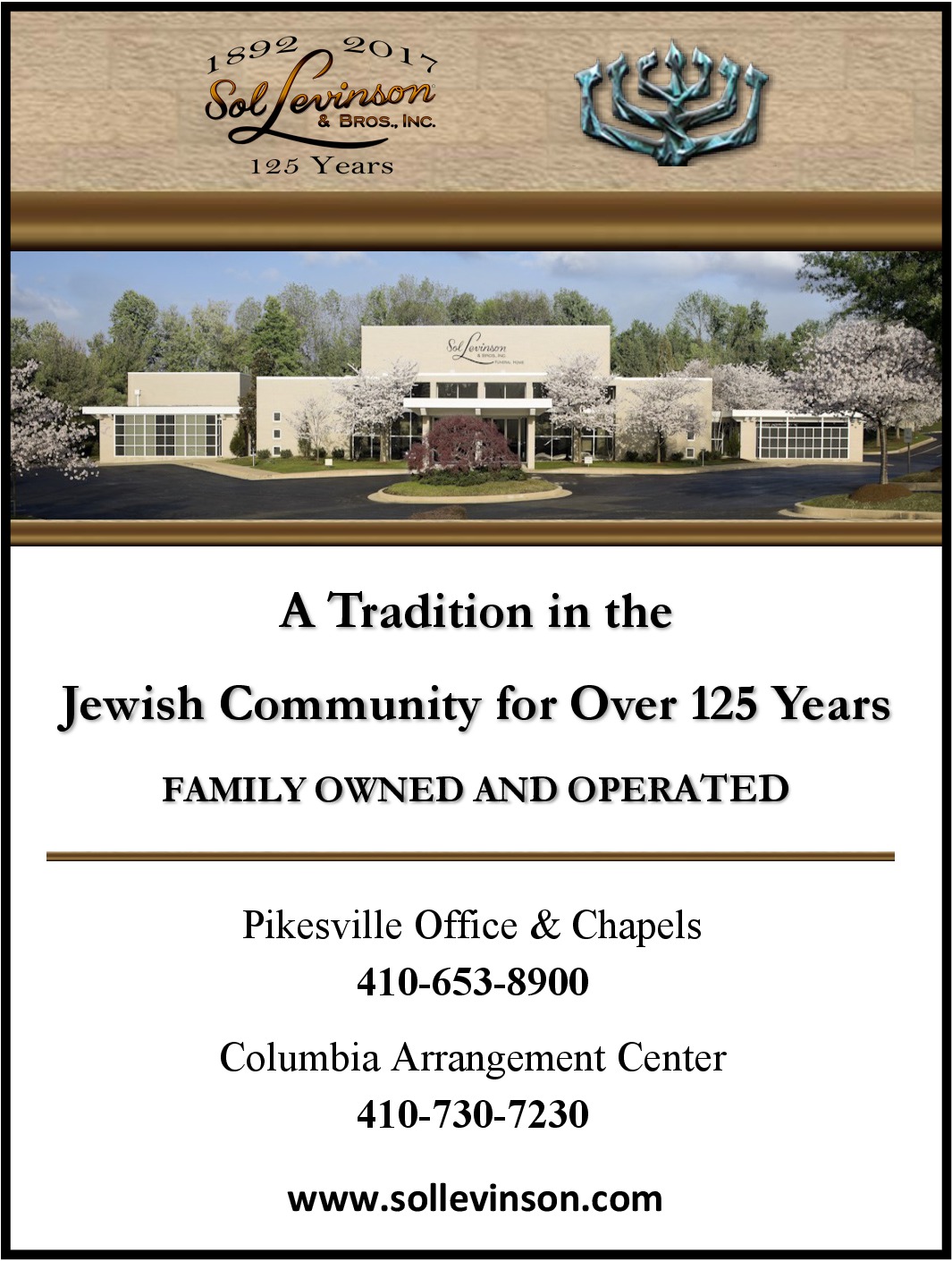Living with Hashem
In Israel, Thursday, the 22nd day of Shevat, 5785, will surely be a day enshrined forever in the long, storied history of the Jewish people. It may or may not register much in America, except for some blog post or possibly a newspaper article of the event. There will be sighs and emotions for a moment, which may even last a few moments, possibly even an hour. Then it’s off to Target or the JCC.
It won’t be anything like that here in Jerusalem and the whole of Israel, today. I don’t say this to cast aspersions on our brethren who don’t live in Israel. G-d forbid. I know there are millions of Jews around the world who will be heartbroken by the news and pictures. What I am trying to say is that it won’t be life as usual in Israel. Not today.
Earlier this morning, the remains of the Bibas family (or so we thought – more on that later) and Oded Lifshitz were returned from Gaza in coffins. Most of the world will yawn. But for us living in Hashem’s land, it is a day of grieving, a day full of sadness and restrained, silent rage. While other days have been weighed down by similar sorrows over the last 500-plus days, there have been none quite like this one. The entire country is in a state of shock even though most feared this day would come. Now that it has arrived, it is far worse and heavier than anyone could have imagined. A malaise has taken over the city and the country; everyone is wondering how we got here and, more importantly, how we keep from, G-d forbid, getting back here.






